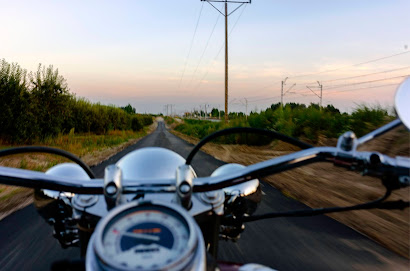Apologies for banging on about the same subject as in the last post, but the execrable quality of project management on the Chynów station modernisation gets me going. Not only is there no information as to which platforms are operational, or where trains are heading, but the old temporary footpath across the tracks have been ripped up; the ramp up to the northern end of the platform has been closed off. A new temporary footpath leading to the platforms has been built at the other (southern) end of the station. The result is a detour of over 700m (a seven-minute walk).
This is the result. These two women were trying to catch the southbound train, thinking they had ample time to catch it. They didn't know (and neither did I or anyone else) that earlier today, access to the platforms from the north had been ripped up and closed off by the builders. Unable to scramble up the navel-high platform edge, they had to make a massive detour around the whole station to get to the platform via the new temporary footpath. They missed their train. An hour until the next one.
If you're really concerned about global warming...
The balance between the spiritual and the material
This time three years ago:
End of August, end of summer?
This time four years ago:
Pavement for Karczunkowska... a bit at least
This time five years ago:
Gold Train update (the hope! the expectations!)
This time seven years ago:
Poland post the Rubbish Revolution
This time eight years ago:
Poland's most beautiful street
This time nine years ago:
Getting to grips with phrasal verbs
This time 11 years ago:
What Putin wrote about Molotov-Ribbentrop
This time 12 years ago:
Summer Sunday in the city
This time 13 years ago:
Last bike-ride to work of the summer




















































